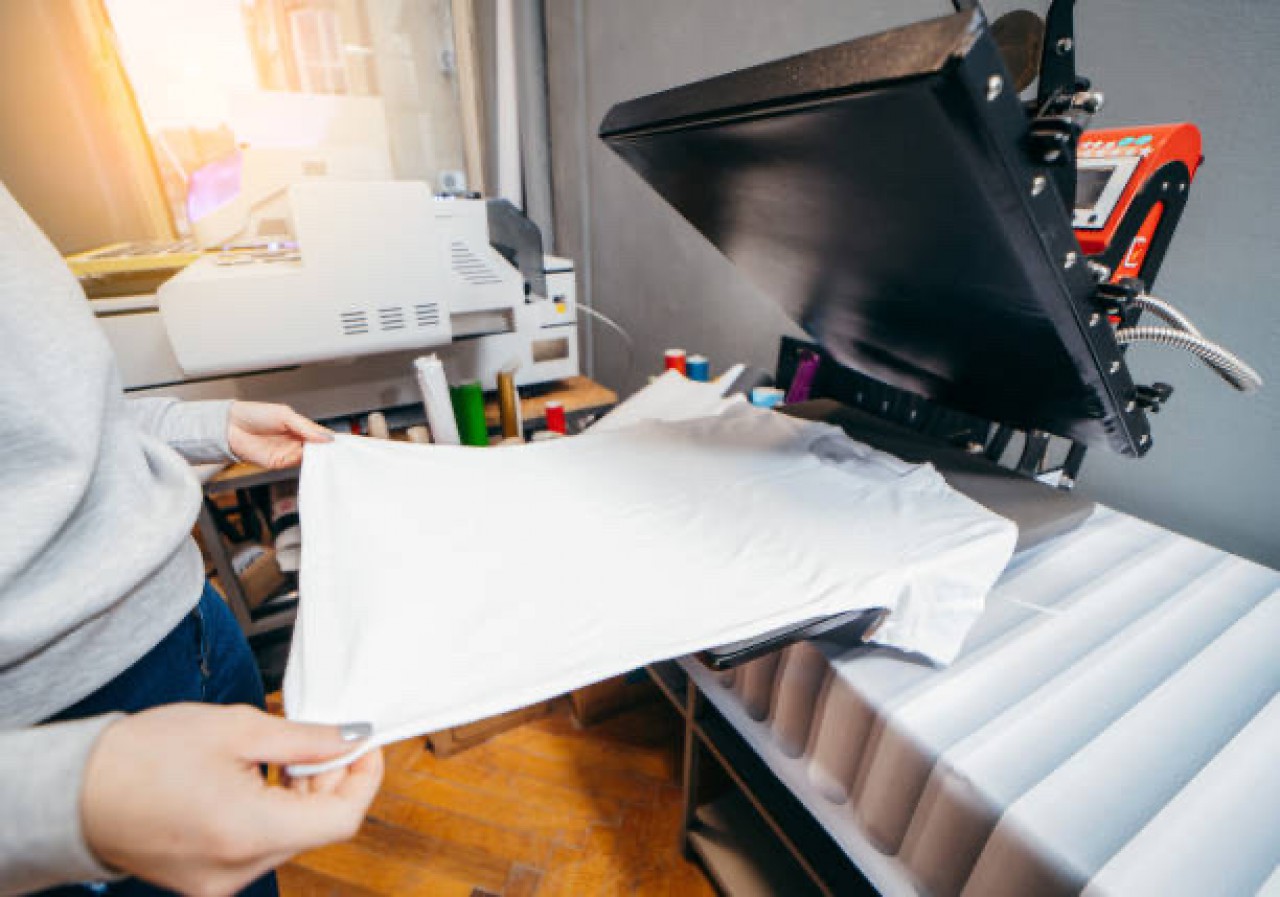Dye Sublimation - My Heat Press has a Squeak in it

Here’s how and why:
I was doing a big job the other day when someone came in and heard my press “squeak” every time I closed it. He said, “You’ve got a mouse in your heat press”. I was so accustomed to hearing it, it took a minute to understand what he was talking about. The truth is, I was taking a shortcut I have taken many times before and I knew it wouldn’t hurt anything but it was still not the right way to do things and I got caught.
It actually isn’t unusual to hear your heat press “squeak” about two seconds after you close it. It isn’t a mouse nor does it need a shot of WD-40. It is actually moisture escaping, and for some products, it can be a very serious and costly event. When you take transfer paper out of its plastic bag, it absorbs moisture from the atmosphere. When you print the transfer, it absorbs huge amounts of moisture from the ink and when you let it lay around for an hour or two before pressing it, it absorbs even more moisture.
If you live in a location with high humidity, it is even worse. Then, when you put the transfer in the heat press and close the press, all that moisture suddenly is exposed to 400 F and explodes into vapor. That’s what makes the “squeak”. It is also what causes blow out. You can easily see blow out on your transfer paper after pressing. Look at the corners of the image. Chances are, you will see a fan-like wisp of ink that gets larger as it moves away from the image. That is where the moisture escaped and took with it some of the sublimation dye.
Ordinarily, this is no big deal and many sublimators get away with allowing this to happen without damaging the product. It can, however, become a real problem with fabric or with images that aren’t full-bleed. In these cases, the escaping moist dye can not only leave a mark on the transfer paper, it can also imprint that on the product!
To put an end to all this, simply lay the transfer paper under the press for a few seconds (10-20) without completely closing the press (just let it hover over the transfer). This will warm the transfer enough for the moisture to escape and since it isn’t under pressure, the moisture and probably some of the dye, escape straight up causing no harm to anything.
Once you remove the transfer from the open press, attach it to the product and put it back into the press immediately. If the transfer is left out to cool, it will only absorb more moisture and you will have to repeat the process. I often take the shortcut of not warming my transfer before pressing and I generally get by with it because I know what products I can do that with and which ones I cannot. Fabrics are notorious for collecting stray dye from anywhere they can – the heat platen, the stage, the transfer paper, cover sheets and Teflon sheets (you should never use Teflon sheets with fabric!). If there is any stray dye anywhere, it will find its way to a white shirt!
ALWAYS preheat your transfer and your garment prior to sublimating fabric. And, to be blunt about it, one should always preheat both the substrate and transfer just prior to sublimating anything.
It is just the right way to do it and will insure a quality product each and every time.
